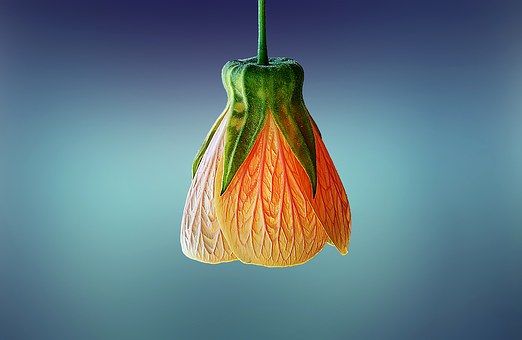
Flora is planted life occurring in a particular region/time, generally, it says the naturally occurring & indigenous native plant life. The corresponding term for animal life is fauna. Flora, fauna and other forms of life such as fungi are collectively referred to as biota. Sometimes bacteria and fungi are also referred to as flora, as in the terms gut flora or skin flora.

Flora classifications:-
Plants are grouped into floras based on region (floristic regions), period, special environment, or climate. Regions can be distinct habitats like mountain vs. flatland. Floras can mean plant life of a historic era as in fossil flora. Lastly, floras may be subdivided by special environments:
Native flora The native and indigenous flora of an area.
Agricultural and horticultural flora (garden flora). The plants that are deliberately grown by humans.
Weed flora Traditionally this classification was applied to plants regarded as undesirable and studied in efforts to control or eradicate them. Today the designation is less often used as a classification of plant life, since it includes three different types of plants: weedy species, invasive species (that may or may not be weedy), and native and introduced non-weedy species that are agriculturally undesirable. Many native plants previously considered weeds have been shown to be beneficial or even necessary to various ecosystems.
India with its wide range of climatic conditions from the torrid to the Arctic has rich and varied vegetation, which few other countries of comparable size possess. India can be divided into eight distinct floristics regions, namely western Himalayas Assam, Indus plain Ganga plain, ocean, Malabar, and Andamans.
The western Himalayas region extends from Kashmir to Kumaon and the temperate zone of the region is rich in forests of chirpine, other conifers, and broad-leaved temperate trees. Higher up forests of deodar blue pine spruce and silver fir occur and the alpha pine zone extends from the upper limit of the temperate zone to approx. 5000m or even higher, characteristics of trees of this zone are the high silver fir, silver birch & junipers.
Eastern Himalayan region extends from Sikkim eastward & embracesDarjeeling Kurseong and the adjacent track, the temperate zone of regions has forests of oaks, laurels, maples, rhododendrons, alder and birch, many conifers, junipers, and dwarf willows also occur.
Assam region comprises the Brahmaputra and Surma valleys and the intervening hill ranges and the vegetation is luxuriant with evergreen forests, occasional thick clumps of bamboos and tall grasses.
Indus plain region comprises the plainof Punjab, western Rajasthan and northern Gujarat and they regions are dry & hot & supports scantly natural vegetations
Ganga plain regions cover from Aravalli ranges to Bengal & Orissa, it is a greater part of the area is alluvial plain & in under cultivation for wheat, Sugarcane, and kinds of rice and also small area supports forests of widely differing types.
Deccan region comprisesentire tableland of the indian peninsula and supports vegetation of various kinds from scrub jungles to mixed deciduous forests.
Malabar region cover excessively humid belt of mountain country running parallel to the west coast of the peninsula , they regions besides being rich in forest vegetation, produce important commercial crops such as coconut betelnut, pepper, coffee and tea and also rubbers, cashew nuts, and eucalyptus trees have also been successfully introduced in some parts of this regions.
Andaman regions comprise from the Andaman and Nicobar island, it abounds in evergreen, semi-green, mangrove, beach and diluvial forests.

India is floristically very rich, estimated about 50,000 species of plants occur in our country.
